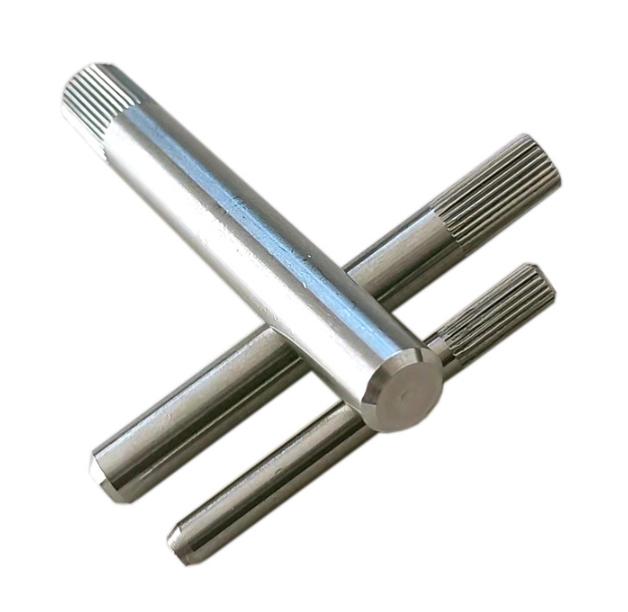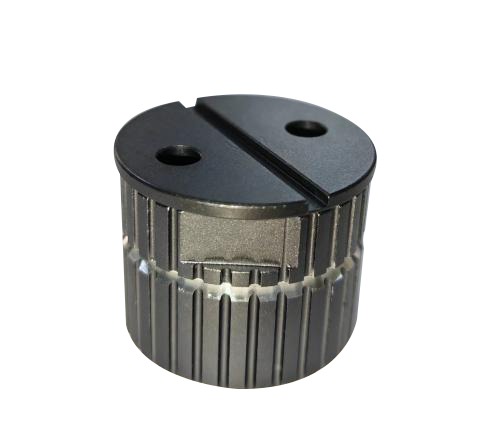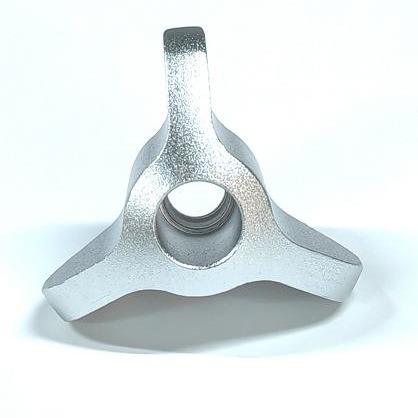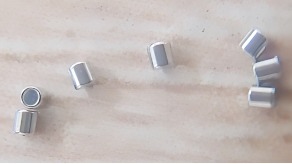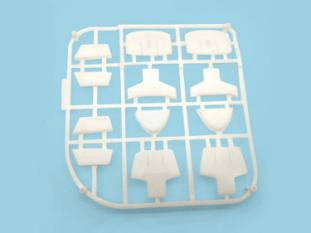What Are The Principles Of CNC Machining Process Sequence?
CNC machining refers to machining with CNC machining tools. It has the advantages of stable machining quality, high machining accuracy, high repetition accuracy and high machining efficiency. In order to meet the design accuracy requirements of the parts, there are certain requirements for the processing sequence, so what principles should the CNC machining process follow?
How To Divide CNC Machining Processes
The process planning refers to the whole process. It cannot be judged by the nature of a process or the processing of a surface. For example, some positioning datum planes need to be machined accurately in the semi-finishing stage and even in the rough machining stage. Sometimes, in order to avoid dimension chain conversion, semi-finishing of some secondary surfaces can also be arranged in the finishing stage. When dividing processes, it is necessary to consider the structure and process of parts, the function of machine tools, CNC machining contents, etc.
The division of CNC machining processes can generally be carried out according to the following methods.
1. The centralized tool sorting method
It is to divide the process according to the adopted tools and use the same tool CNC to process all the parts that can be completed. Use the second knife and the third to complete other parts they can complete. This can reduce the number of tool changes, compressing the idle time, and reduce unnecessary positioning errors.
2. Sorting method of processing parts
For parts with much CNC processing contents, the processing part can be divided into several parts according to its structural characteristics, such as internal shape, outer shape, surface or plane. Generally, the plane and locating surface are processed first, and then the hole is processed. Firstly process simple geometric shapes, then process complex geometric shapes. The parts with low accuracy shall be machined first, and then the parts with high accuracy requirements to be processed.
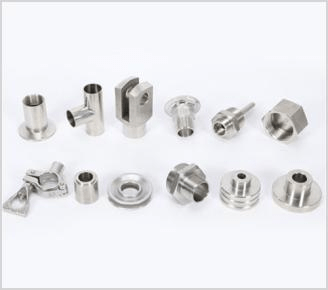
3. Rough and fine machining sequence method
For parts that are prone to CNC machining deformation, the rough and fine CNC machining sequence method is used. Because of the deformation that may occur after rough machining, it is necessary to calibrate the shape. Generally speaking, all parts that need rough and fine machining, the rough and fine machining should be done respectively.
Principles For The Sequence Arrangement Of CNC Machining Processes
1. Principle of rough before fine
The processing sequence of each surface is in accordance with the sequence of rough machining, semi-finish machining, finish machining, with the aim of gradually improving the precision and surface quality of the machined surface of the part. If all surfaces of parts are processed by CNC machine tools, the process arrangement is generally carried out in the order of rough machining, semi-finish machining and finish machining, that is, semi-finish machining and finish machining are carried out after all rough machining is completed. During rough machining, most of the machining allowance can be removed quickly, and then each surface can be finished in turn, which can improve the production efficiency, ensuring the machining accuracy and surface roughness of the parts. This CNC surface treatment method is suitable for machining surfaces with high position accuracy requirement. For some machined surfaces with high dimensional accuracy requirements, considering the rigidity, deformation and dimensional accuracy of the parts, it can also be considered that these machined surfaces are completed in the order of rough machining, semi-finish machining and finish machining. For the machined surface with high accuracy requirements, it is better to lay the parts aside for a period of time between the rough and finish machining processes, so that the stress on the surface of the parts after rough machining can be completely released, and the degree of stress deformation on the surface of the parts can be reduced, which is conducive to improving the machining accuracy of the parts.
2. Principle of machining datum plane first
At the beginning of machining, the surface used as the finish machining reference is always processed. Because the surface of the positioning reference is accurate, the clamping error is small, so the machining process of any part always carries out rough machining and semi-finish machining on the positioning reference plane first, and also carries out finish machining if necessary. For example, shaft parts always be carried out rough machining and semi-finish machining on the positioning reference plane, and then to be carried out finish machining. If there is more than one precision datum plane, the machining of the datum plane should be arranged according to the sequence of datum conversion and the principle of gradually improving the machining accuracy.
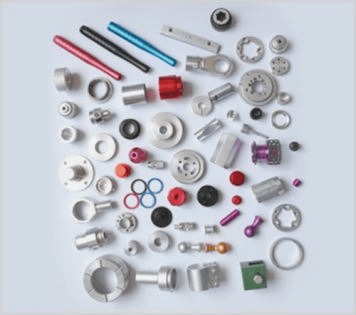
3. Principle of face before hole
For box, bracket and other parts, the plane contour size is large, and the plane positioning is relatively stable and reliable, so the plane should be processed first, and then the hole. In this way, not only a stable and reliable plane is used as the positioning reference plane for subsequent processing, but also it is easier to process holes on a flat surface, which is also conducive to improving the processing accuracy of holes. Generally, the process can be divided according to the processing position of parts. Simple geometric shapes are processed first, and then complex geometric shapes are processed. The parts with low accuracy shall be processed first, followed are the parts with high accuracy, machining the plane first, then the hole.
4. Principle of inside before outside
For precision sleeves, the coaxiality requirements of the outer circle and the hole are relatively high. Generally, the principle of first hole and then outer circle is adopted, that is, the outer circle is used as the positioning reference to process the hole, and then the hole with higher accuracy is used as the positioning reference to process the outer circle. This can ensure that the outer circle and the hole have high coaxiality requirements, and the fixture structure used is also very simple.
5. Principle of reducing tool change times
In CNC machining, the machining sequence should be arranged according to the order of the tool entering the machining position as far as possible.

